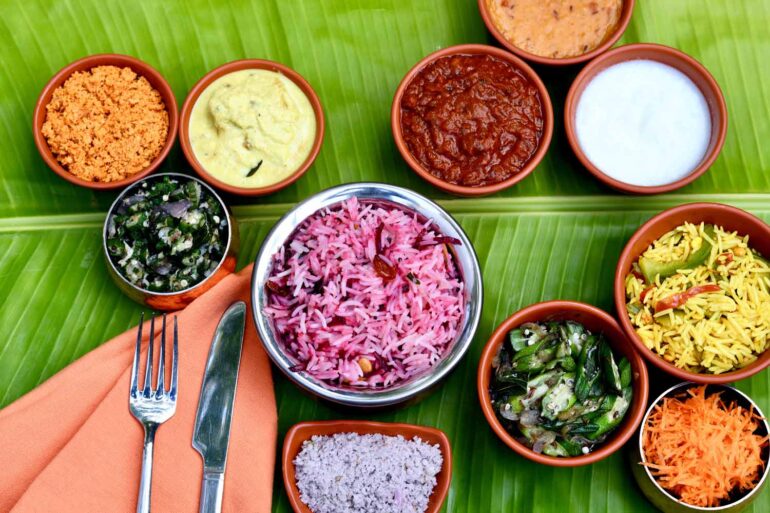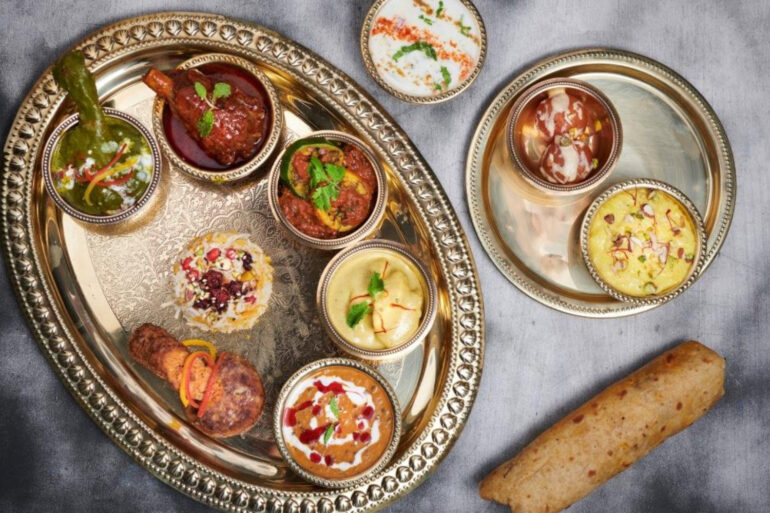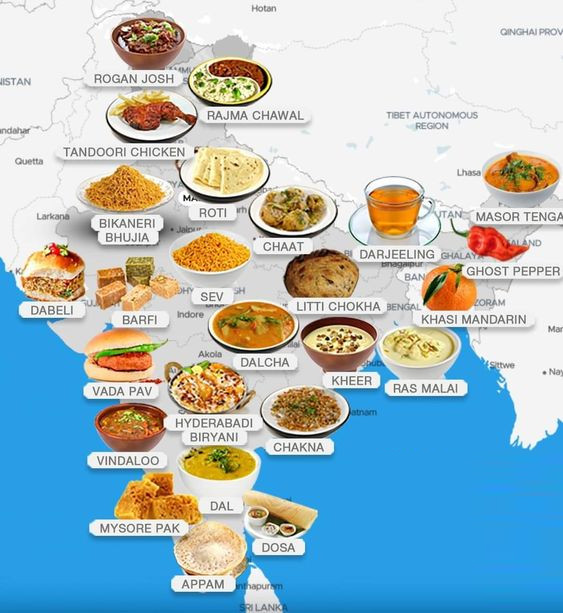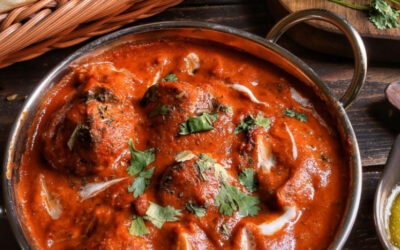From Indus Valley Curries to Mughal Feasts, a Culinary Journey Through Time
Close your eyes and imagine a riot of colors: overflowing stalls piled high with crimson chilies, emerald green coriander, and sunshine yellow turmeric. Now, picture the intoxicating aroma of sizzling kebabs wafting through the air, mingling with the gentle clinking of spoons in steaming bowls. This explosion of flavor is just a tiny glimpse into the vast and vibrant world of Indian cuisine, a journey through history with every delicious bite.Our odyssey begins in the Indus Valley Civilization (3300-1300 BCE), one of the earliest cradles of civilization. Here, archaeological evidence whispers tales of ancient farmers cultivating plump grains and exotic spices like cardamom and black pepper. These spices weren’t just for flavoring food; they were traded along bustling routes, carrying the essence of India far and wide, influencing not just their own cuisine but the culinary tapestry of the world.
The Vedic Period: Food as a Path to Wellness

Fast forward to the Vedic period (1500-500 BCE), where vegetarianism took root. Food became more than sustenance; it became a path to wellness. The ancient Indian medical practice of Ayurveda emphasized the connection between food and health, with many spices believed to possess medicinal properties. Think turmeric’s anti-inflammatory power or ginger’s ability to soothe a troubled stomach.
The Mughal Empire: Culinary Grandeur and the Tandoor

Centuries later, the Mughal Empire (1526-1857 CE) ushered in a new era of culinary grandeur. Mughal rulers, with their Central Asian roots, brought with them a treasure trove of new ingredients like saffron, yogurt, and a variety of nuts. This delicious exchange gave birth to Mughlai cuisine, famed for its rich curries, succulent kebabs, and the iconic tandoor oven, which imparts a smoky and irresistible flavor to meats and breads.
Regional Delights: A Culinary Kaleidoscope

But wait, there’s more! India’s staggering diversity extends to its food as well. Buckle up for a regional romp through the four main culinary landscapes:
North India: Land of Creamy Delights
North India: Land of creamy delights like butter chicken, where tomatoes and cream create a luxurious sauce for tender tandoori chicken. And don’t forget the fragrant biryanis, layered rice dishes studded with meat, vegetables, and a symphony of spices.
South India: Coconut Country
South India: A land where coconut reigns supreme. Here, you’ll find a bounty of coconut-based curries, fluffy idli (steamed rice cakes), and crispy dosa (fermented crepes).
East India: Mustardy Punch
East India: Get ready for a mustardy punch! This region is known for its vibrantly flavored dishes and a love for fresh seafood.
West India: Gujarati Delights
West India: Gujarati cuisine takes center stage here, with an emphasis on lentils and delightful sweet treats.
Festivals and Flavors: Celebrating Life Through Food
Food is more than just sustenance in India; it’s woven into the very fabric of life. Every festival has its special dishes. Diwali, the festival of lights, is celebrated with melt-in-your-mouth sweets like barfi and gulab jamun. Holi, the festival of colors, sees vibrant platters of mathri (fried flatbread) and thandai (a cooling beverage). Each region boasts its own unique culinary traditions, making every celebration a delicious adventure.
The Evolving Spice Odyssey: From Street Food to Fusion Flavors
Our spice odyssey doesn’t end there. Indian cuisine continues to evolve, embracing international influences and creating exciting fusion dishes. The rise of street food culture offers quick and flavorful bites on the go, while Indian restaurants worldwide are introducing the world to the wonders of this remarkable cuisine.So, the next time you savor a steaming plate of Indian food, remember – you’re not just indulging your taste buds; you’re embarking on a historical journey through time, a testament to the rich tapestry of cultures and flavors that have shaped this incredible cuisine.


